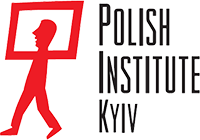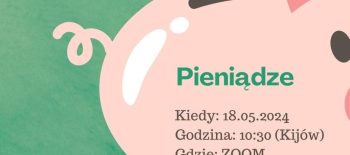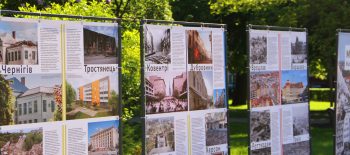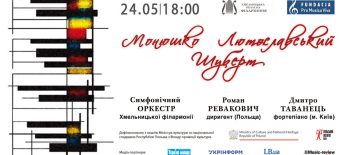СANactions: Jakub Ignacy Gołębiewski 🗺
Increasing social activity of city residents is manifested in the growing interest in common spaces. More and more frequently the border between passive commenting on the reality, and an active desire to change is exceeded. The artists, social activists and entrepreneurs initiate the process of space revitalization in a bottom-up way. As a result of these actions, degraded parts of the cities receive a new life. Despite the temporary nature of these interventions, they can be a prelude to more permanent transformation. Temporary spatial interventions make positive contribution in the course and dynamics of revitalization processes by stimulating social and culture-forming activities in a degraded or abandoned urbanized environment.
During the author’s research on examples of temporary spatial interventions in revitalization processes, three strategies have been defined that may be applicable in various urban areas. The first one shows the possibilities of revitalization of broad city areas by concentration of temporary spatial interventions within them. The second strategy is referring to the issue of time-consuming nature of revitalization processes and investment execution, point to the examples of temporary objects which are a preview of target function in the city space. The third strategy aims at taming degraded spaces by introducing a temporary culture-creating function. During the lecture, the above strategies will be presented on the example of their use in the process of revitalization of the post-industrial Międzyodrze area in Szczecin.
Jakub Ignacy Gołębiewski, Ph.D. Civil engineer architect, graduated in 2009 from the Faculty of Architecture and Urban Design at the West Pomeranian University of Technology in Szczecin. Currently he is an assistant professor in Department of History and Theory of Architecture at the Faculty of Civil Engineering and Architecture, West Pomeranian University of Technology in Szczecin. In his scientific activity, he deals with the revitalization of post-industrial spaces and waterfronts; art in public space and temporary architecture. He is the author of many scientific articles in Polish and foreign publications and speaker at scientific conferences. As a tutor, he participated in many architectural and urban workshops. Since 2010, he cooperates with Izomorfis Architectural Studio. As part of this cooperation, he participated in the development of numerous projects, including single-family and multi-family residential buildings, public facilities and adaptation of historic buildings to the new functions.
Admission by registration https://bit.ly/2Hv27Jw



